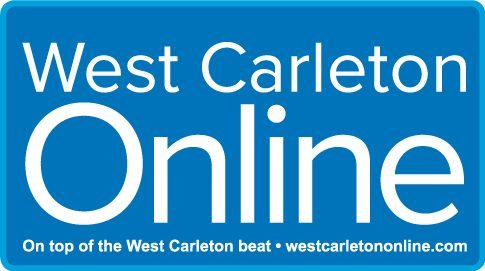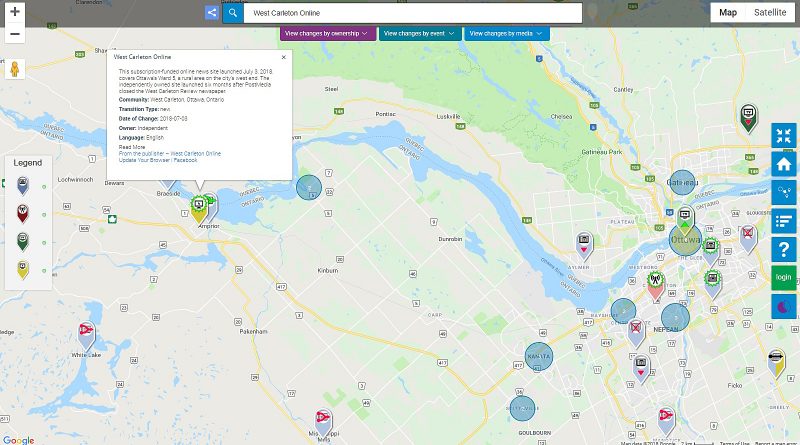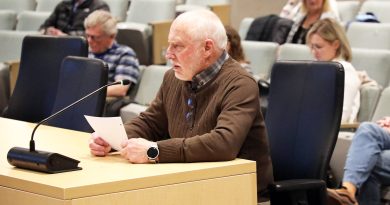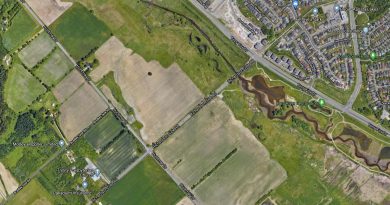West Carleton Online on the news map
By Jake Davies - West Carleton Online
WEST CARLETON – The media industry has been a hurting unit this century. News organizations are closing at three times the rate that new ones are being launched.
Community newspapers are the most frequently closed news outlets across the country and new online media isn’t making up for the losses of more traditional news media.
These are some of the findings coming to the forefront as part of Ryerson University’s Local News Research Project.
“The idea is to create a historical record of reports that would be useful for researchers and other people trying to monitor what’s happening to local news in Canada,” said April Lindgren, the map’s co-creator and principal investigator for the Local News Research Project at Ryerson University’s School of Journalism.
The Local News Research Project combines content analysis and digital mapping to explore issues related to local news. The project’s news poverty research examines local coverage in Canadian communities at a time when print and broadcast outlets are scaling back, consolidating or closing, and many online news sites are struggling to stay afloat. Project initiatives include The Local News Map, a study of how local media covered the 2015 federal election, and research on local news reporting on disadvantaged neighbourhoods.
The Local News Map is a crowd-sourced tool that tracks what is happening to local newspapers, broadcast outlets and online news sites in communities across Canada. It displays data going back to 2008, which marked the beginning of a deep recession and a turning point for many previously profitable local news organizations. The map is a collaborative project undertaken by Lindgren and associate professor Jon Corbett, who leads the University of British Columbia’s SpICE Lab (Spatial Information for Community Mapping). A summary of the latest map data is available here.
The Future of Local News website provides a more detailed overview of the map’s purpose.
“On the map, there is no readily available data for the number of affected communities so we do a data analysis to get that in the report,” Lindgren says. “The other interesting thing is that we included the provincial breakdown for changes to local news media since 2008.”
The map is continuously monitored by Lindgren and Corbett to make sure the information is correct. To submit a marker, an online link for the information must be provided so they can verify it.
“It’s Important to remember it’s a crowdsourced resource so it’s not perfect and you will see fluctuations as we moderate the map and correct errors. At least now we have some sort of a record indicating patterns and trends and providing concrete data for local news.”
Lindgren contacted West Carleton Online last August during the early part of her project’s research. Following the interview, Lindgren agreed the new media outlet deserved to be included on the Local News Map as one of the very few new media outlets being launched in Ontario. Being classified as a community news outlet makes West Carleton Online an even rarer bird.












